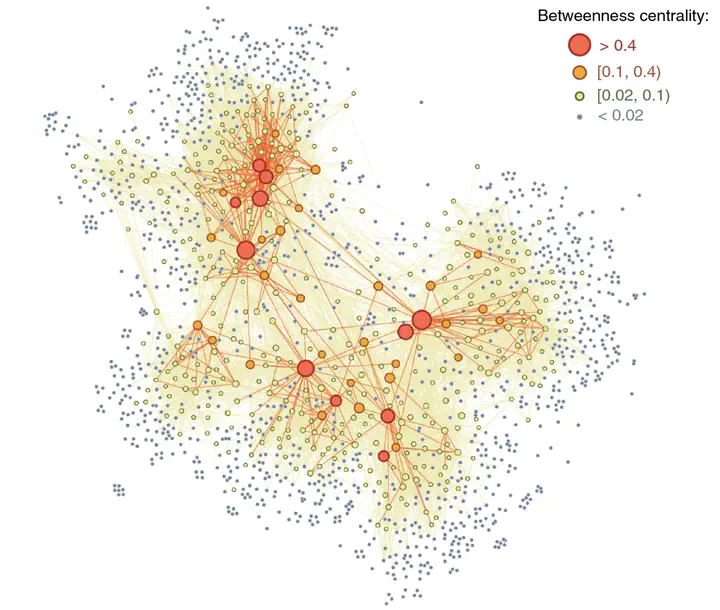Quantifying hierarchy and prestige in US ballet academies as social predictors of career success
 Image credit: CRiSS-LAB
Image credit: CRiSS-LABAbstract
In the recent decade, we have seen major progress in quantifying the behaviors and the impact of scientists, resulting in a quantitative toolset capable of monitoring and predicting the career patterns of the profession. It is unclear, however, if this toolset applies to other creative domains beyond the sciences. In particular, while performance in the arts has long been difficult to quantify objectively, research suggests that professional networks and prestige of affiliations play a similar role to those observed in science, hence they can reveal patterns underlying successful careers. To test this hypothesis, here we focus on ballet, as it allows us to investigate in a quantitative fashion the interplay of individual performance, institutional prestige, and network effects. We analyze data on competition outcomes from 6363 ballet students affiliated with 1603 schools in the United States, who participated in the Youth America Grand Prix (YAGP) between 2000 and 2021. Through multiple logit models and matching experiments, we provide evidence that schools’ strategic network position bridging between communities captures social prestige and predicts the placement of students into jobs in ballet companies. This work reveals the importance of institutional prestige on career success in ballet and showcases the potential of network science approaches to provide quantitative viewpoints for the professional development of careers beyond science.